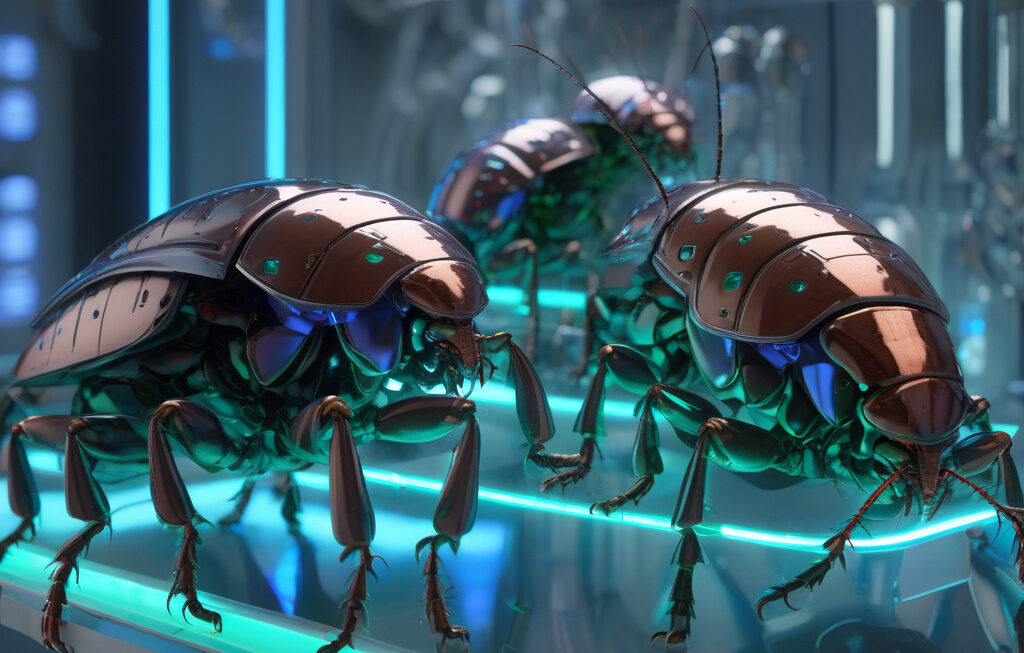World’s First Gene-Edited Spider Shoots Red Fluorescent Silk Threads in a Scientific Miracle
In a major development, the CRISPR-Cas9 gene-editing tool has been successfully used in spiders for the very first time, leading to a groundbreaking discovery that has captured the attention of the scientific community worldwide. This remarkable feat has resulted in the creation of a genetically modified spider capable of producing vibrant red fluorescent silk threads, revolutionizing the field of biomaterial production and opening up a realm of possibilities for various industries.
The traditional process of silk production from spiders has long been a challenging and labor-intensive task, requiring a large number of spiders to be bred and harvested to obtain a substantial amount of silk. However, with the introduction of gene editing technologies such as CRISPR-Cas9, scientists have now unlocked the potential to manipulate the genetic makeup of spiders, paving the way for more efficient and sustainable silk production methods.
By introducing specific genetic modifications using CRISPR-Cas9, researchers were able to alter the silk-producing genes in the spiders, resulting in the production of silk that emits a striking red fluorescence under certain light conditions. This not only showcases the precision and versatility of gene editing techniques but also highlights the incredible diversity of applications that this technology can offer.
The implications of this groundbreaking achievement are far-reaching and hold immense promise for various industries, including textiles, biomedicine, and even technology. The ability to produce silk with unique properties, such as fluorescent colors, could revolutionize the development of advanced materials for a wide range of applications, from high-performance fabrics to biomedical implants.
Furthermore, the successful application of CRISPR-Cas9 in spiders underscores the endless possibilities of genetic engineering and its potential to drive innovation across different fields. As scientists continue to explore the capabilities of gene editing technologies, we can expect to witness even more extraordinary feats that push the boundaries of what was once thought possible.
While the creation of a gene-edited spider that produces red fluorescent silk threads may seem like a marvel straight out of science fiction, it serves as a testament to the power of human ingenuity and the relentless pursuit of scientific advancement. As we stand on the brink of a new era defined by unprecedented technological progress, it is innovations like these that remind us of the boundless potential of human creativity and the endless possibilities that lie ahead.
In conclusion, the world’s first gene-edited spider that shoots red fluorescent silk threads represents a true scientific miracle that has the potential to reshape industries and inspire further exploration into the realms of genetic engineering. With CRISPR-Cas9 paving the way for groundbreaking discoveries, the future holds exciting prospects for innovation and advancement in ways we have yet to imagine.
gene editing, CRISPR-Cas9, scientific breakthrough, silk production, genetic engineering












